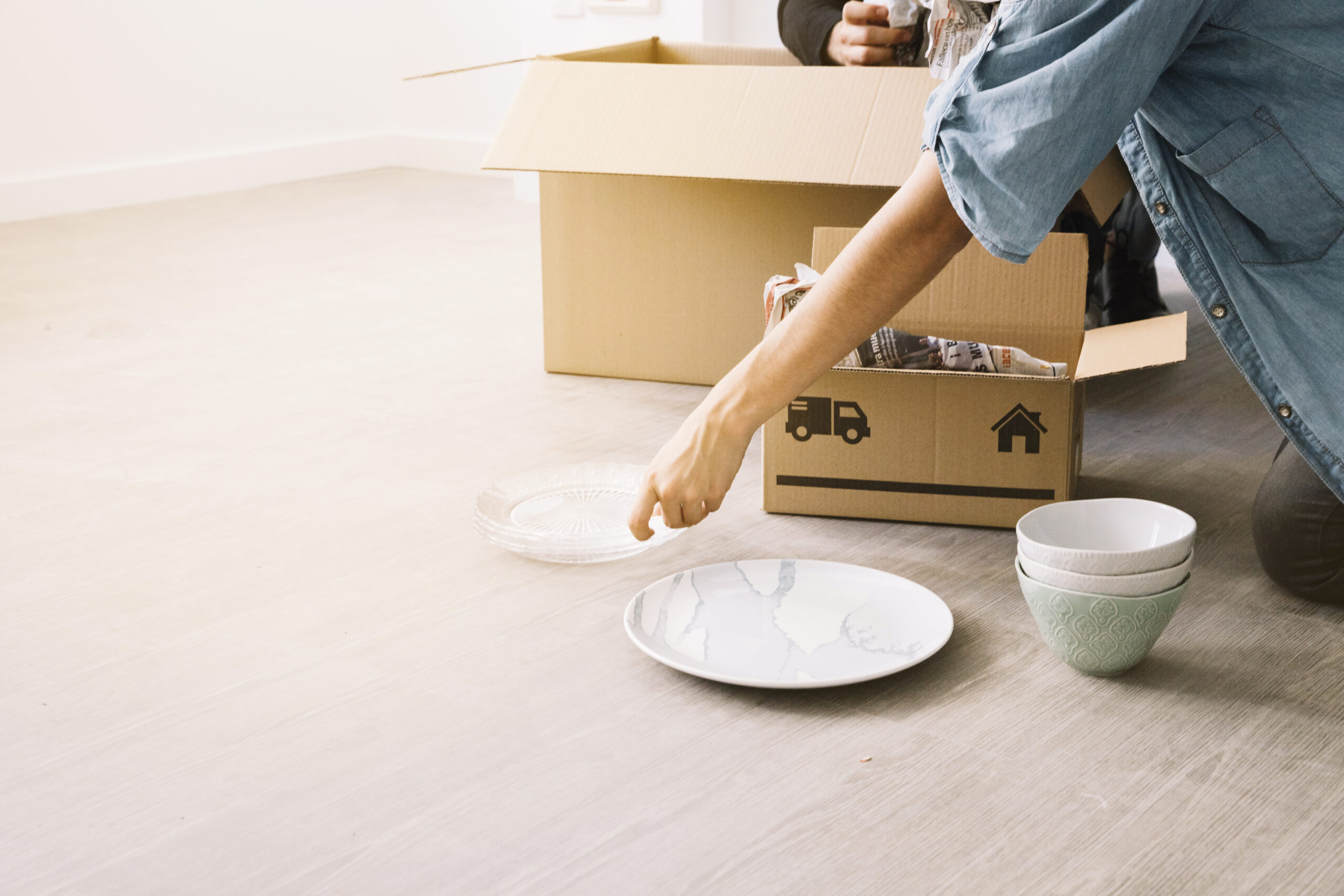Packing dishes for a move requires more than just tossing them into boxes. To avoid unnecessary stress and prevent damage, it's important to understand the right techniques and materials.
In this guide, you’ll learn how experienced relocation experts approach packing dishes, step-by-step methods that can help ensure your kitchenware arrives intact. Whether you're preparing for a local move or something more long-distance, proper packing is key to protecting fragile items.
Choosing the Right Packing Materials
Choosing appropriate materials makes a significant difference when preparing dishes for a move. Boxes built specifically for fragile items are more durable and offer better support than standard ones. Before use, make sure they are clean and completely dry to avoid any risk of moisture damage. Materials like packing paper, bubble wrap, and peanuts provide added cushioning to reduce the chance of breakage.
Select boxes that comfortably fit a moderate number of dishes. Overfilling can cause pressure points and increase the risk of cracking. Mark each box as "Fragile" to ensure that movers handle them carefully. The right supplies can reduce breakage and help your dishes reach your new kitchen in good condition.
Wrapping Dishes for Protection
A key part of protecting dishes during a move is how you wrap them. Start by wrapping each item individually with bubble wrap or thick packing paper, paying close attention to rims and handles. Wrap dishes tightly to keep them secure, but avoid applying pressure that could crack thinner materials.
For plates and bowls, consider standing them on edge instead of stacking flat. This reduces stress points during movement. After wrapping, group similarly sized items together and cushion them further using extra padding before placing them in boxes. The tighter the wrap, the better your dishes will resist sudden bumps or drops.
Packing Dishes in Boxes
Once your dishes are wrapped, the next step is to pack them into boxes with care. Use boxes in good condition, preferably new, for the most dependable protection. Line the bottom of each box with a thick layer of crumpled paper or foam padding to act as a shock absorber.
Place heavier dishes like serving platters or stoneware at the bottom of the box, then continue layering lighter items on top. Pack dishes vertically to reduce surface area contact and risk of breakage. Fill any open spaces between items with soft materials like paper or towels to prevent shifting. When you’re done, seal the box tightly with quality packing tape and clearly label it as "Fragile."
Layering Techniques for Safety
Good layering helps minimize movement and impact during transport. Begin by laying a thick base of padding at the bottom of each box. After placing a layer of dishes, separate each one with packing paper or foam to stop them from knocking against each other.
Stack by weight, keeping heavier items at the bottom and lighter ones above. Continue adding soft material between each layer to maintain stability. If you notice extra room on the sides, fill those gaps so the contents won’t slide during the move. Effective layering can prevent chips and cracks from pressure points or rough handling.
Securing Boxes for Transportation
Once the dishes are packed, it's important to secure the boxes properly. Reinforce the bottom with extra strips of packing tape and make sure every seam is sealed tightly. Give each box a gentle shake to check for movement; if anything shifts, reopen it and add more padding.
Add a clear label indicating that the box contains fragile items and note which side should face up. This helps movers know how to position the box during loading and unloading. A well-sealed and clearly marked box not only protects your items but also improves the efficiency of your move.
Unpacking Dishes at Your New Home
When you arrive at your new place, unpack your dishes with the same care you used to pack them. Start by bringing all kitchen boxes into the appropriate area. Open each one slowly and inspect items for damage before setting them aside.
Organize as you unpack. Take the opportunity to plan how you’ll arrange your cabinets or drawers, placing dishes in areas where they’ll be safe and easily accessible. If anything looks dusty or has absorbed packing residue, give it a quick wash before using it. Taking a calm, steady approach to unpacking helps you settle in faster while keeping your belongings safe.
Related Topics:








